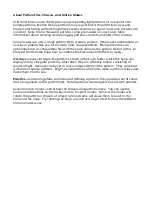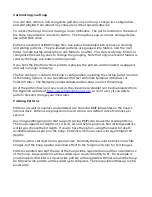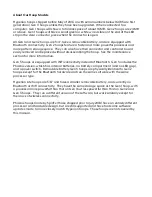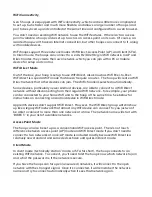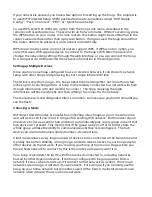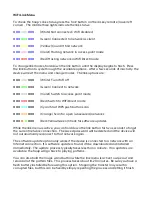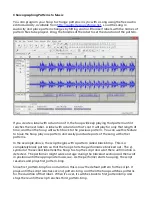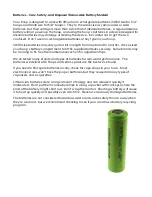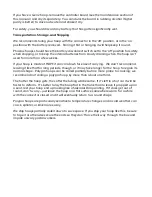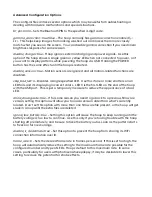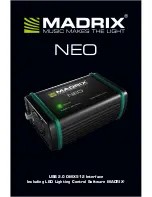
If you have a Gen 2 hoop, remove the controller board (see the maintenance section of
this manual) and dry it separately. You can dunk the board in rubbing alcohol (higher
purity is better) to drive out water and shake it dry.
For safety, you should discard any battery that has gotten significantly wet.
Transportation, Storage, and Shipping
We recommend storing your hoop with the connector in the ‘off’ position, or in the ‘on’
position with the battery removed. Storing it flat or hanging it will help keep it round.
Phoenix hoops should have the battery disconnect switch set to the ‘off’ position for safety
when shipping, or to keep the internal batteries from slowly draining when the hoop isn’t
used for more than a few weeks.
If your hoop is made of HDPE it can coil down for ease of carrying. We don’t recommend
leaving it like that for long periods, though, or it may take longer for the hoop to regain its
normal shape. Polypro hoops can be coiled partially but are more prone to cracking; we
recommend not coiling a polypro hoop by more than about one third.
The hotter the hoop gets, the softer the tubing will become. If it’s left in a hot car it will be
faster to deform. It’s better to lay the hoop flat in the trunk than to leave it propped up on
a seat, lest your hoop end up looking like a Salvador Dali painting. If it does get out of
round, don’t worry – just leave the hoop on a flat surface somewhere warm for a while
with the connector closed and it will eventually return to a round shape.
Polypro hoops are particularly sensitive to temperature changes and in cold weather can
crack, splinter, or kink more easily.
We ship hoops partially coiled down to save space. If you ship your hoop like this, be sure
to tape it or otherwise secure the ends so they don’t force their way through the box and
impale unwary postal workers.

